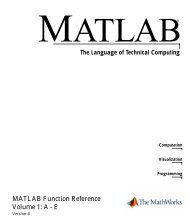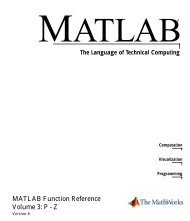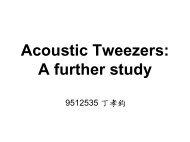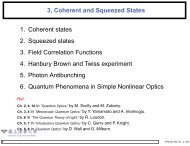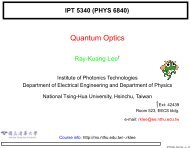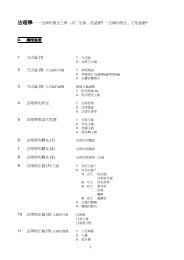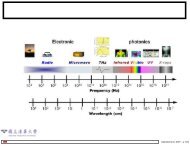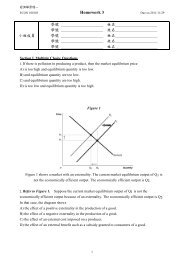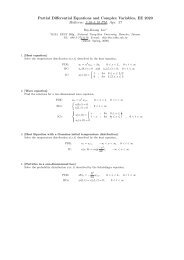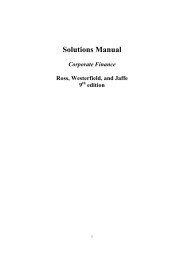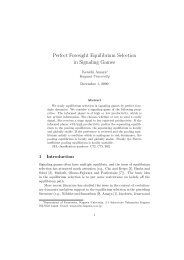Acceleration, Shock and Vibration Sensors
Acceleration, Shock and Vibration Sensors
Acceleration, Shock and Vibration Sensors
You also want an ePaper? Increase the reach of your titles
YUMPU automatically turns print PDFs into web optimized ePapers that Google loves.
<strong>Acceleration</strong>, <strong>Shock</strong> <strong>and</strong> <strong>Vibration</strong> <strong>Sensors</strong><br />
IEPE Accelerometers<br />
IEPE sensors incorporate built-in, signal-conditioning electronics that function to<br />
convert the high-impedance charge signal generated by the piezoelectric sensing element<br />
into a usable low-impedance voltage signal that can be readily transmitted, over<br />
ordinary two-wire or coaxial cables, to any voltage readout or recording device. The<br />
low-impedance signal can be transmitted over long cable distances <strong>and</strong> used in dirty<br />
field or factory environments with little degradation. In addition to providing crucial<br />
impedance conversion, IEPE sensor circuitry can also include other signal conditioning<br />
features, such as gain, filtering <strong>and</strong> self-test features. The simplicity of use, high<br />
accuracy, broad frequency range, <strong>and</strong> low cost of IEPE accelerometer systems make<br />
them the recommended type for use in most vibration or shock applications. However,<br />
an exception to this assertion must be made for circumstances in which the temperature<br />
at the installation point exceeds the capability of the built-in circuitry. The routine<br />
upper temperature limit of IEPE accelerometers is 250°F (121°C); however, specialty<br />
units are available that operate to 350°F (175°C).<br />
IEPE is a generic industry term for sensors with built-in electronics. Many accelerometer<br />
manufacturers use their own registered trademarks or trade name to signify sensors<br />
with built-in electronics. Examples of these names include: ICP® (PCB Piezotronics),<br />
Deltatron (Bruel & Kjaer), Piezotron (Kistler Instruments), <strong>and</strong> Isotron (Endevco), to<br />
name a few.<br />
The electronics within IEPE accelerometers<br />
require excitation power from a constantcurrent,<br />
DC voltage source. This power<br />
source is sometimes built into vibration<br />
meters, FFT analyzers <strong>and</strong> vibration data<br />
collectors. A separate signal conditioner is<br />
required when none is built into the readout.<br />
In addition to providing the required<br />
excitation, power supplies may also incor- Figure 5.2.3: Typical IEPE system.<br />
porate additional signal conditioning, such<br />
as gain, filtering, buffering <strong>and</strong> overload indication. The typical system set-ups for<br />
IEPE accelerometers are shown in Figure 5.2.3.<br />
139



